Internet History of 1980s
1980
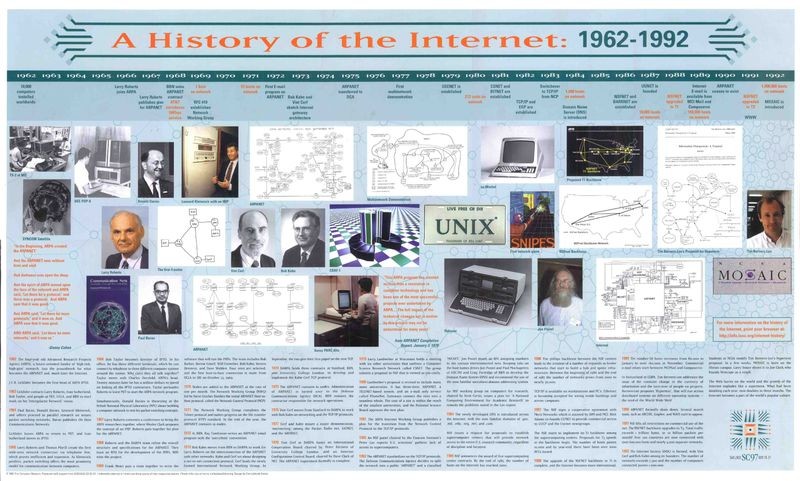
The National Science Board approves the new plan and funds it for five years at a cost of $5 million. Since the protocols for interconnecting the subnets of CSNET include TCP/IP, NSF becomes an early supporter of the Internet.
NASA has ARPANET nodes, as do many Department of Energy (DOE) sites. Now several Federal agencies support the Internet, and the number is growing.
Research by David Patterson at Berkeley and John Hennessy at Stanford promotes ‘reduced instruction set’ computing. IBM selects the disk operating system DOS, developed by Microsoft, to operate its planned PC.
1981
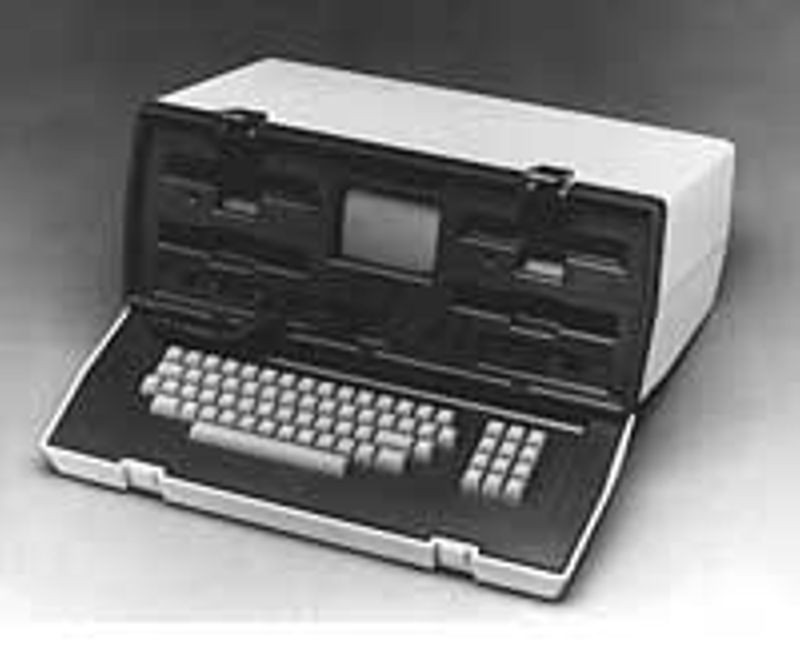
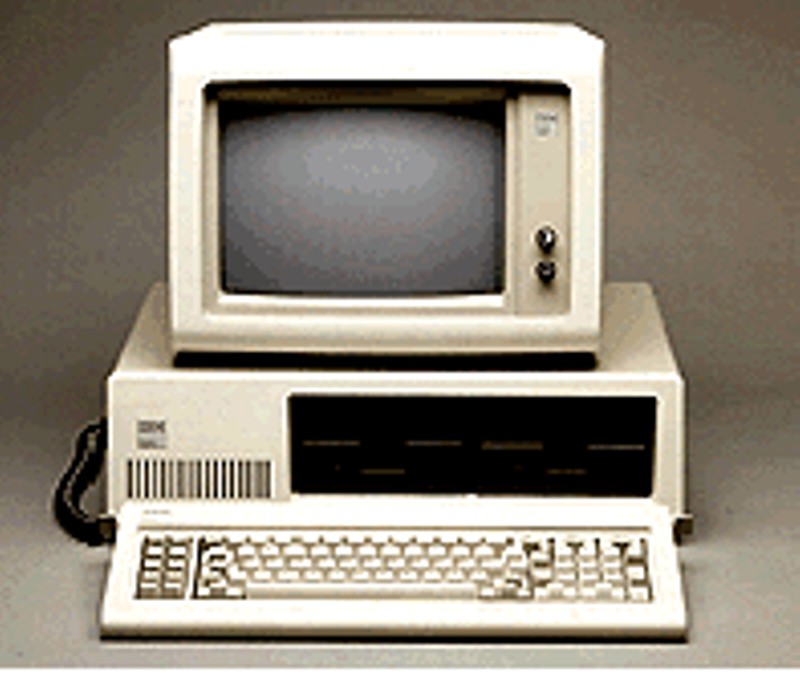
The Internet Working Group of DARPA publishes a plan for the transition of the entire network from the Network Control Protocol to the TCP/IP protocols developed since 1974 and already in wide use (RFC 801).
At Berkeley, Bill Joy incorporates the new TCP/IP suite into the next release of the Unix operating system. The first ‘portable’ computer is launched in the form of the Osborne, a 24-pound suitcase-sized device.
The IBM PC is launched in August 1981.
Meanwhile, Japan mounts a successful challenge to US chip makers by producing 64-kbit chips so inexpensively that U.S. competitors charge the chips are being ‘dumped’ on the U.S. market.
1982
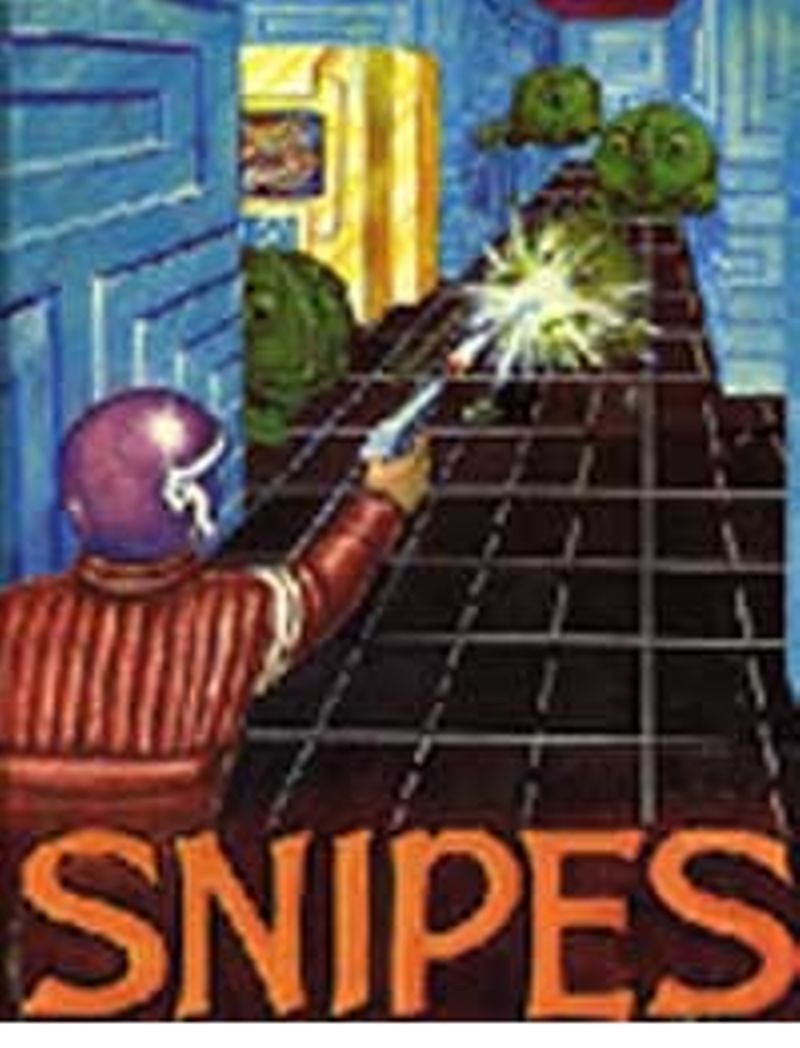
An NSF panel chaired by the Courant Institute’s Peter Lax reports that U.S. scientists lack access to supercomputers. It contains the testimony of University of Illinois astrophysicist Larry Smarr that members of his discipline have been forced to travel to Germany to use American-made supercomputers.
The period during which ad hoc networking systems have flourished has left TCP/IP as only one contender for the title of ‘standard.’ Indeed, the International Organization for Standards (ISO) has written and is pushing ahead with a ‘reference’ model of an interconnection standard called Open Systems Interconnection (OSI) — already adopted in preliminary form for interconnecting DEC equipment. But while OSI is a standard existing for the most part on paper, the combination of TCP/IP and the local area networks created with Ethernet technology are driving the expansion of the living Internet.
Drew Major and Kyle Powell write Snipes, an action game to be played on PC’s over the network. They package the game as a ‘demo’ for a PC software product from SuperSet Software, Inc. This is the beginning of Novell.
Digital Communications Associates introduces the first coaxial cable interface for micro-to-mainframe communications.
1983

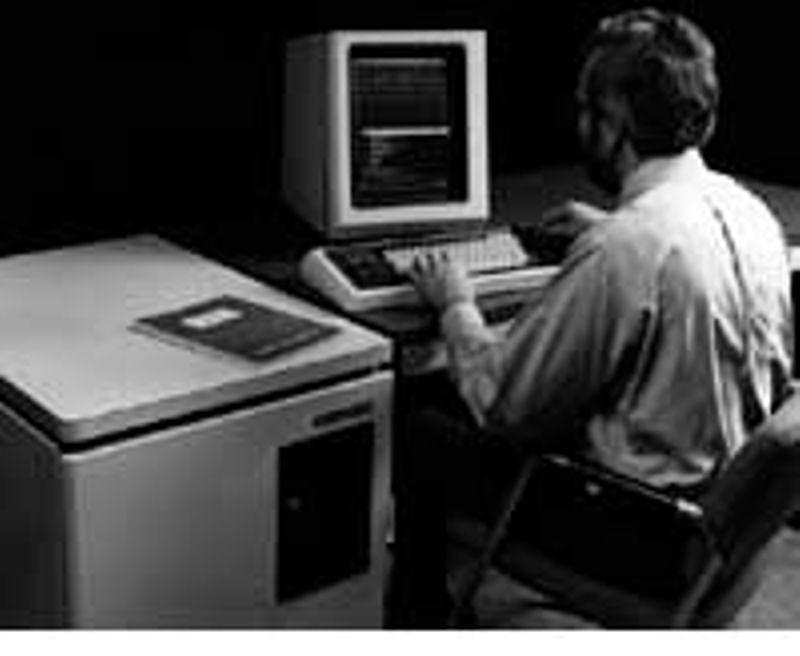
Numbering the Internet hosts and keeping tabs on the host names simply fails to scale with the growth of the Internet. In November, Jon Postel and Paul Mockapetris of USC/ISI and Craig Partridge of BBN develop the Domain Name System (DNS) and recommend the use of the now familiar user@host.domain addressing system.
The number of computers connected via these hosts is much larger, and the growth is accelerating with the commercialization of Ethernet.
Having incorporated TCP/IP into Berkeley Unix, Bill Joy is key to the formation of Sun Microsystems. Sun develops workstations that ship with Berkeley Unix and feature built-in networking. At the same time, the Apollo workstations ship with a special version of a token ring network.
In July 1983, an NSF working group, chaired by Kent Curtis, issues a plan for ‘A National Computing Environment for Academic Research’ to remedy the problems noted in the Lax report. Congressional hearings result in advice to NSF to undertake an even more ambitious plan to make supercomputers available to US scientists.
1984

Novelist William Gibson coins the term cyberspace in Neuromancer, a book that adds a new genre to science fiction and fantasy.
The newly developed DNS is introduced across the Internet, with the now familiar domains of .gov, .mil, .edu, .org, .net, and .com. A domain called .int, for international entities, is not much used. Instead, hosts in other countries take a two-letter domain indicating the country. The British JANET explicitly announces its intention to serve the nation’s higher education community, regardless of discipline.
Most important for the Internet, NSF issues a request for proposals to establish supercomputer centers that will provide access to the entire U.S. research community, regardless of discipline and location. A new division of Advanced Scientific Computing is created with a budget of $200 million over five years.
Datapoint, the first company to offer networked computers, continues in the marketplace, but fails to achieve critical mass.
1985
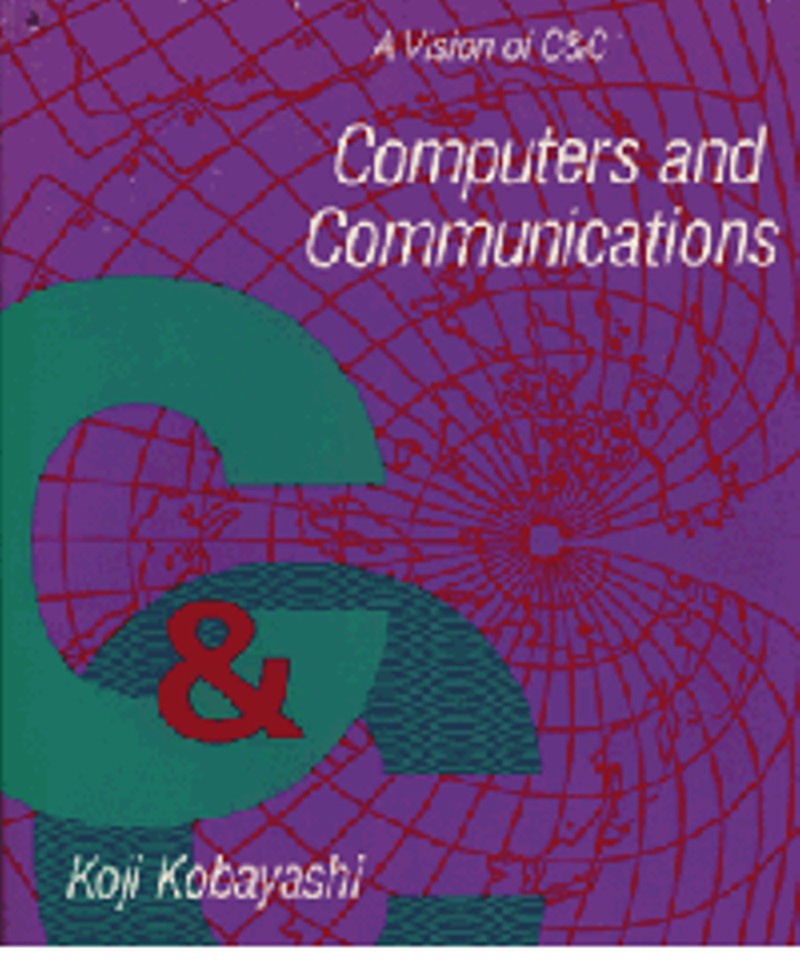
- Cornell Theory Center (CTC), directed by Nobel laureate Ken Wilson;
- The John Von Neumann Center (JVNC) at Princeton, directed by computational fluid dynamicist Steven Orszag;
- The National Center for Supercomputing Applications (NCSA), directed at the University of Illinois by astrophysicist Larry Smarr;
- The Pittsburgh Supercomputing Center (PSC), sharing locations at Westinghouse, the University of Pittsburgh, and Carnegie Mellon University, directed by Michael Levine and Ralph Roskies;
- The San Diego Supercomputer Center (SDSC), on the campus of the University of California, San Diego, and administered by the General Atomics Company under the direction of nuclear engineer Sid Karin.
- By the end of 1985, the number of hosts on the Internet (all TCP/IP interconnected networks) has reached 2,000.
1986
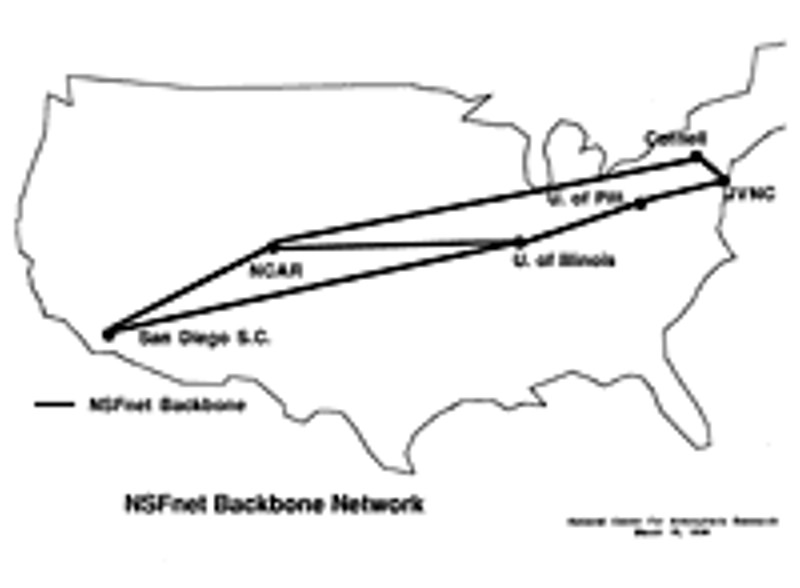
Between the beginning of 1986 and the end of 1987 the number of networks grows from 2,000 to nearly 30,000.
TCP/IP is available on workstations and PCs such as the newly introduced Compaq portable computer. Ethernet is becoming accepted for wiring inside buildings and across campuses. Each of these developments drives the introduction of terms such as bridging and routing and the need for readily available information on TCP/IP in workshops and manuals. Companies such as Proteon, Synoptics, Banyan, Cabletron, Wellfleet, and Cisco emerge with products to feed this explosion.
At the same time, other parts of the U.S. Government and many of the traditional computer vendors mount an attempt to validate their products being built to the OSI theoretical specifications, in the form of the Corporation for Open Systems.
USENET starts a major shakeup which becomes known as the ‘Great Renaming’. A driving force is that, as many messages are traveling over ARPANET, desirable new news groups such as ‘alt.sex’ and ‘alt.drugs’ are not allowed.
1987
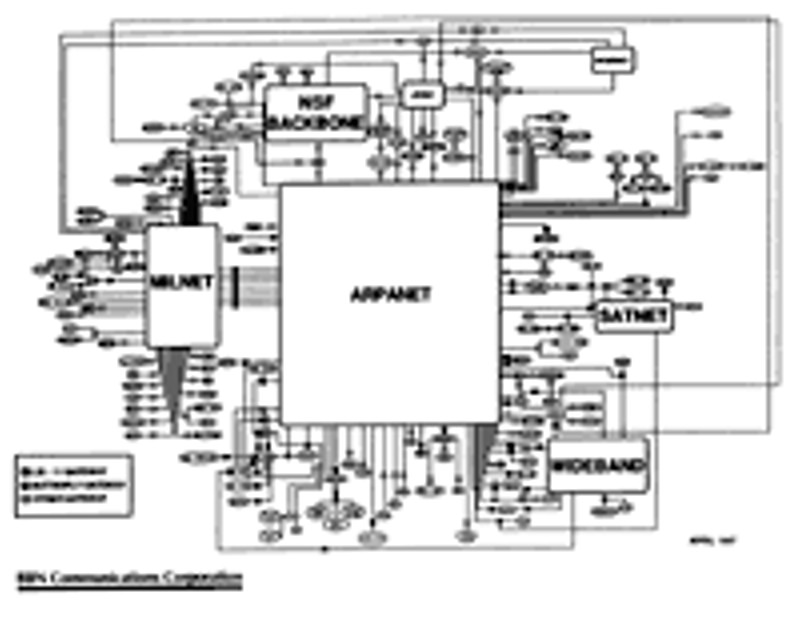
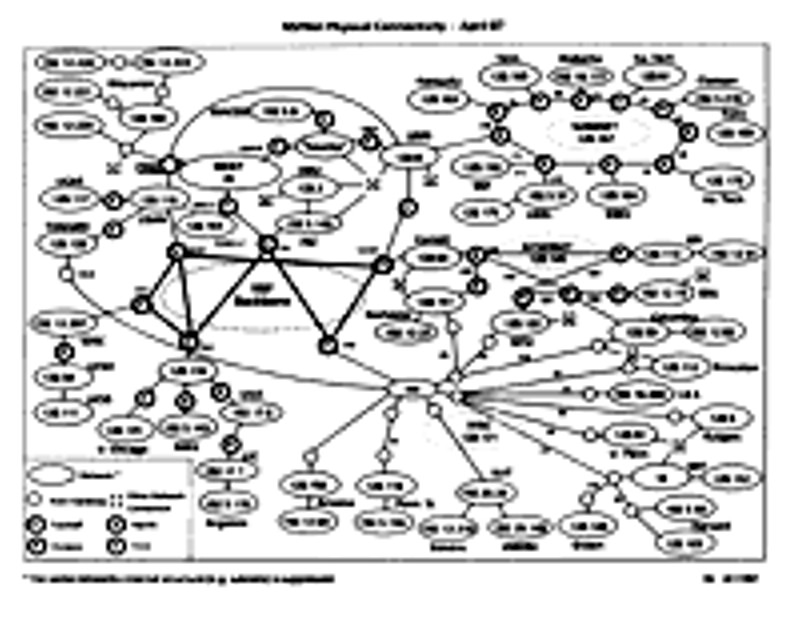
The NSF starts to implement its T1 backbone between the supercomputing centers with 24 RT-PCs in parallel implemented by IBM as ‘parallel routers’. The T1 idea is so successful that proposals for T3 speeds in the backbone begin.
In early 1987 the number of hosts passes 10,000 and by year-end there have been over 1,000 RFCs issued.
Network management starts to become a major issue and it becomes clear that a protocol is needed between routers to allow remote management. SNMP is chosen as a simple, quick, near term solution.
1988
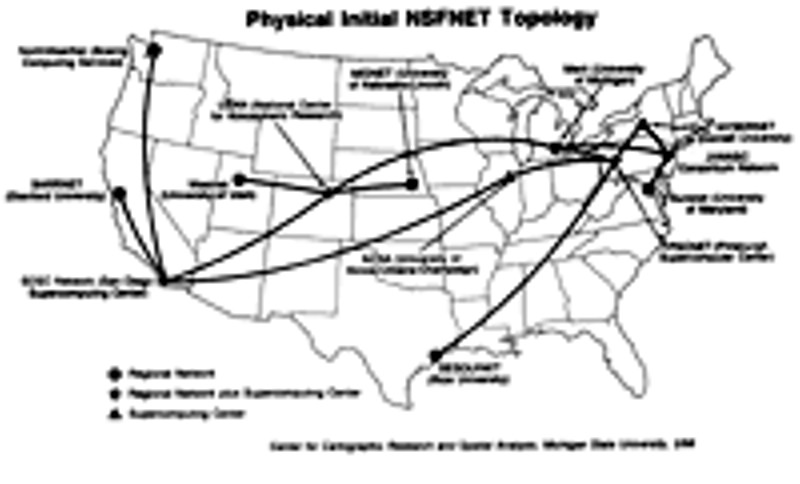
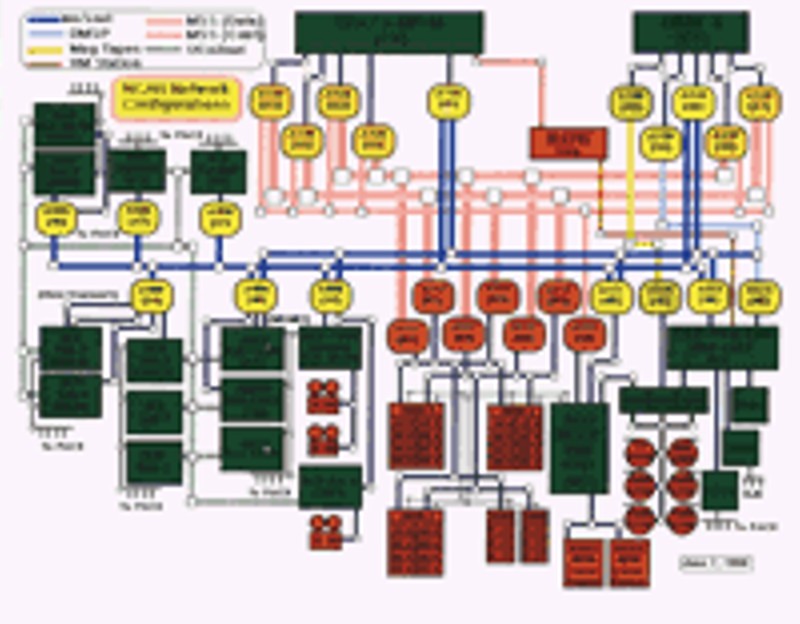
In the US more regionals spring up - Los Nettos and CERFnet both in California. In addition, Fidonet, a popular traditional bulletin board system (BBS) joins the net.
Dan Lynch organizes the first Interop commercial conference in San Jose for vendors whose TCP/IP products interoperate reliably. 50 companies make the cut and 5,000 networkers come to see it all running, to see what works, and to learn what doesn’t work.
The US Government pronounces its OSI Profile (GOSIP) is to be supported in all products purchased for government use, and states that TCP/IP is an interim solution!
The Morris WORM burrows on the Internet into 6,000 of the 60,000 hosts now on the network. This is the first worm experience and DARPA forms the Computer Emergency Response Team (CERT) to deal with future such incidents.
CNRI obtains permission from the Federal Networking Council and from MCI to interconnect the commercial MCI Mail service to the Internet. This broke the barrier to carrying commercial traffic on the Internet backbone. By 1989 MCI Mail, OnTyme, Telemail and CompuServe had all interconnected their commercial email systems to the Internet and, in so doing, interconnected with each other for the first time. This was the start of commercial Internet services in the United States (and possibly the world).
1989

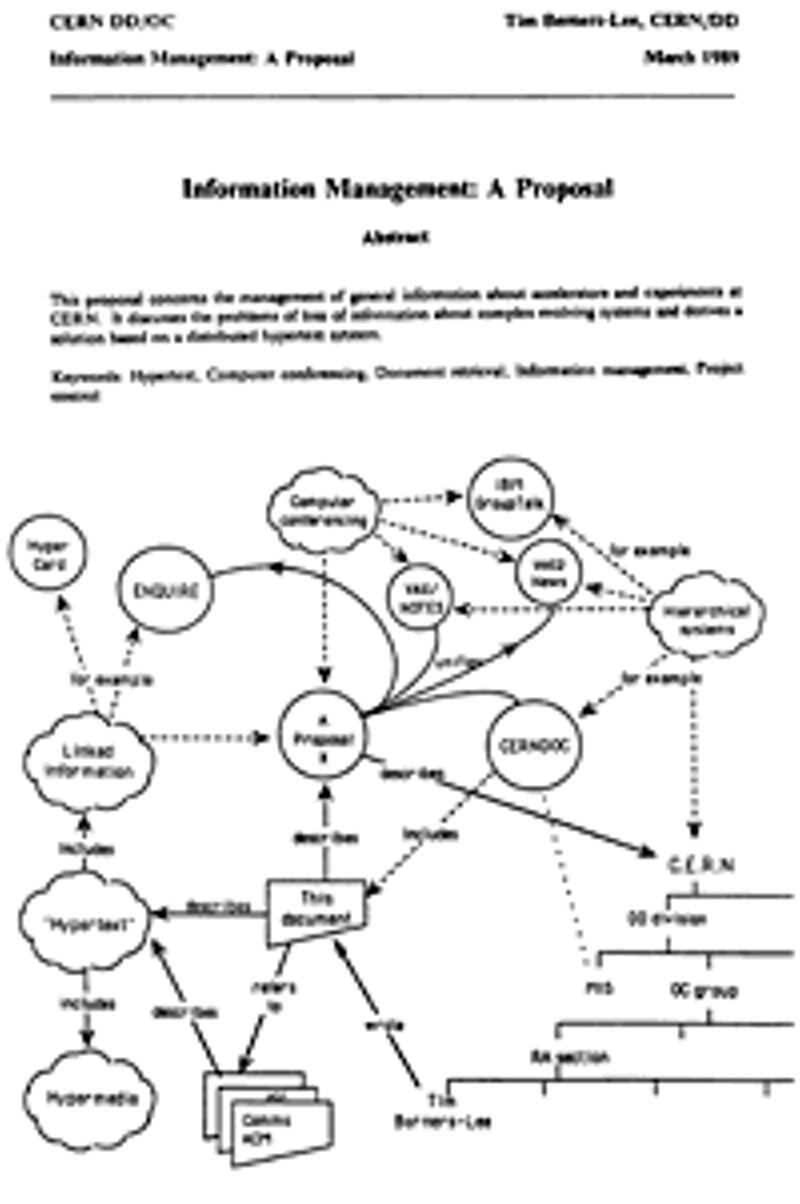
Australia, Germany, Israel, Italy, Japan, Mexico, Netherlands, New Zealand and the United Kingdom join the Internet.
Commercial e-mail relays start between MCIMail through CNRI and Compuserve through Ohio State. The Internet Architecture Board reorganizes again reforming the IETF and the IRTF.
Networks speed up. NSFNET T3 (45Mbps) nodes operate. At Interop 100Mbps LAN technology, known as FDDI, interoperates among several vendors. The telephone companies start to work on their own wide area packet switching service at higher speeds - calling it SMDS.
Bob Kahn and Vint Cerf at CNRI hold the first Gigabit (1000Mbps) Testbed workshops with funding from ARPA and NSF. Over 600 people from a wide range of industry, government and academia attend to discuss the formation of 6 gigabit testbeds across the country.
The Cray 3, a direct descendant of the Cray line, starting from the CDC 6600, is produced.
In Switzerland at CERN Tim Berners-Lee addresses the issue of the constant change in the currency of information and the turn-over of people on projects. Instead of an hierarchical or keyword organization, Berners-Lee proposes a hypertext system that will run across the Internet on different operating systems. This was the World Wide Web.


